Almost every woman knows it: As soon as the next period arrives, the emotional and physical ups and downs begin. Stomach cramps, a bad mood, headaches – all of these can be quite depressing. But what exactly is behind these symptoms? And, above all, what can you do to feel better during this time?
The most important things in brief
PMS and period pain are common , but can vary in severity and should be taken seriously.
Warmth, exercise and a healthy diet can often noticeably alleviate the symptoms.
Open communication and self-care help you get through stressful phases of your cycle better.
What is behind PMS and painful periods?
PMS (premenstrual syndrome) describes the typical symptoms that usually occur in the second half of the cycle—just before your period. These can include mood swings, water retention, tender breasts, or headaches (1, 2). The cause is likely hormonal changes, especially an imbalance of progesterone and estrogen (3, 5).

Dysmenorrhea is the medical term for period pain—often cramping and felt in the lower abdomen. The pain is caused, among other things, by so-called prostaglandins, which cause the uterus to contract more strongly. There is a primary form (without an identifiable organic cause) and a secondary form, which is caused by diseases such as endometriosis or fibroids (3, 4).
How do the symptoms feel?
The symptoms are as individual as you are. Some feel only a slight pulling sensation, while others are completely paralyzed. Typical symptoms are (1, 3, 5):
- severe abdominal cramps, sometimes with nausea or circulatory problems
- Back and headaches
- Mood swings, irritability, lack of motivation
- Digestive problems, flatulence, cravings or loss of appetite
- a feeling of inner restlessness or being overwhelmed
- Circulatory problems
- Water retention
Important to know: You should always have pain that limits your everyday life checked out.

What treatment options are available?
If you regularly suffer from PMS or severe period pain, the first step is a gynecological examination. This will not only take your medical history but usually also include an ultrasound. This allows for early detection of organic causes, such as endometriosis or fibroids.
Especially in cases of very severe period pain, further tests such as an MRI or even a laparoscopy may be necessary. If PMS is more likely, a hormone blood test can be helpful.
Which treatment is appropriate depends on what the ultimate cause is:
In the case of secondary dysmenorrhea (i.e. pain caused by an illness), the focus is not only on pain relief but also on treating the underlying disease.
-
In primary dysmenorrhea —that is, when there is no identifiable cause—heat, exercise, or herbal remedies often help. In some cases, the pill can also be helpful to reduce the buildup of the lining of the uterus, which reduces prostaglandin production and thus pain.
In PMS , water retention, mood swings, or headaches can be specifically treated. If a hormone deficiency has been diagnosed, progestin therapy is sometimes helpful (6, 7).
What helps and what you can do yourself
PMS and period pain can turn everyday life upside down. If you suffer from them regularly, it's important to know: You're not alone – and there are options that can really help you. Some measures work immediately, others require a bit of patience. Often, it's a combination of different things that makes the difference.
Warmth & relaxation
A classic that's so popular for a reason: Heat can significantly relieve menstrual cramps. A hot water bottle, a cherry stone pillow, or a warm bath relaxes muscles and promotes circulation. At the same time, the warmth causes the release of endorphins—our body's own "feel-good chemicals." Perfect for simply taking a quick breather (8).
Movement – but gentle
Even if you'd rather curl up on the couch, gentle exercise can actually help. Walks in the fresh air, light yoga exercises, or a bit of stretching will get your circulation going and help relieve cramps. Be sure to go at your own pace—your body sets the tone (9, 10).
Be5 by FemBe combines myo- and D-chiro-inositol in a scientifically proven ratio of 3.6:1 and also contains bioactive folic acid. Developed for women who want to specifically support their hormone balance, cycle, or metabolism – without an overloaded formula, but with well-thought-out dosage and proven quality.
Two capsules a day are sufficient – simply take with a meal and plenty of liquid.
Nutrition as support
What you eat can affect your cycle. Studies show that certain nutrients like vitamin D and omega-3 fatty acids can have a positive effect on period pain—among other things, because they have anti-inflammatory properties and influence prostaglandin production. Herbal remedies like chasteberry, ginger, cinnamon, or fennel are also considered helpful, and it's worth carefully trying them out. In general, a balanced, as unprocessed as possible diet supports your body and can noticeably relieve symptoms (11, 12, 13, 14).
Mental balance
PMS, in particular, can be emotionally challenging: Irritability, sadness, or lack of motivation aren't imaginary; they're real. Take your mood seriously and consciously treat yourself to some rest during this time. Whether it's a walk in the countryside, watching your favorite movie, or simply being unavailable for a while—what's good for you is up to you. Relaxation techniques like yoga, breathing exercises, or meditation can also help you regain some balance (15).
Medication & medical advice
Not every woman can manage with natural remedies alone. In these cases, medication is recommended. Painkillers, antispasmodics, or hormonal medications like the pill can help reduce symptoms.
It's important to seek medical advice if you regularly experience severe pain. A gynecological examination can determine whether there is a treatable cause and show you which treatment might be appropriate for you.

Did you know?
In primary dysmenorrhea, prostaglandin levels in the blood are often up to 14 times higher than in women without symptoms – this explains why the pain can be so intense.
Communication & Self-Care
Talking openly with those around you can be a relief. Say what you need—whether it's rest, a hot water bottle, or simply understanding. Your cycle isn't taboo, but a natural part of your life.



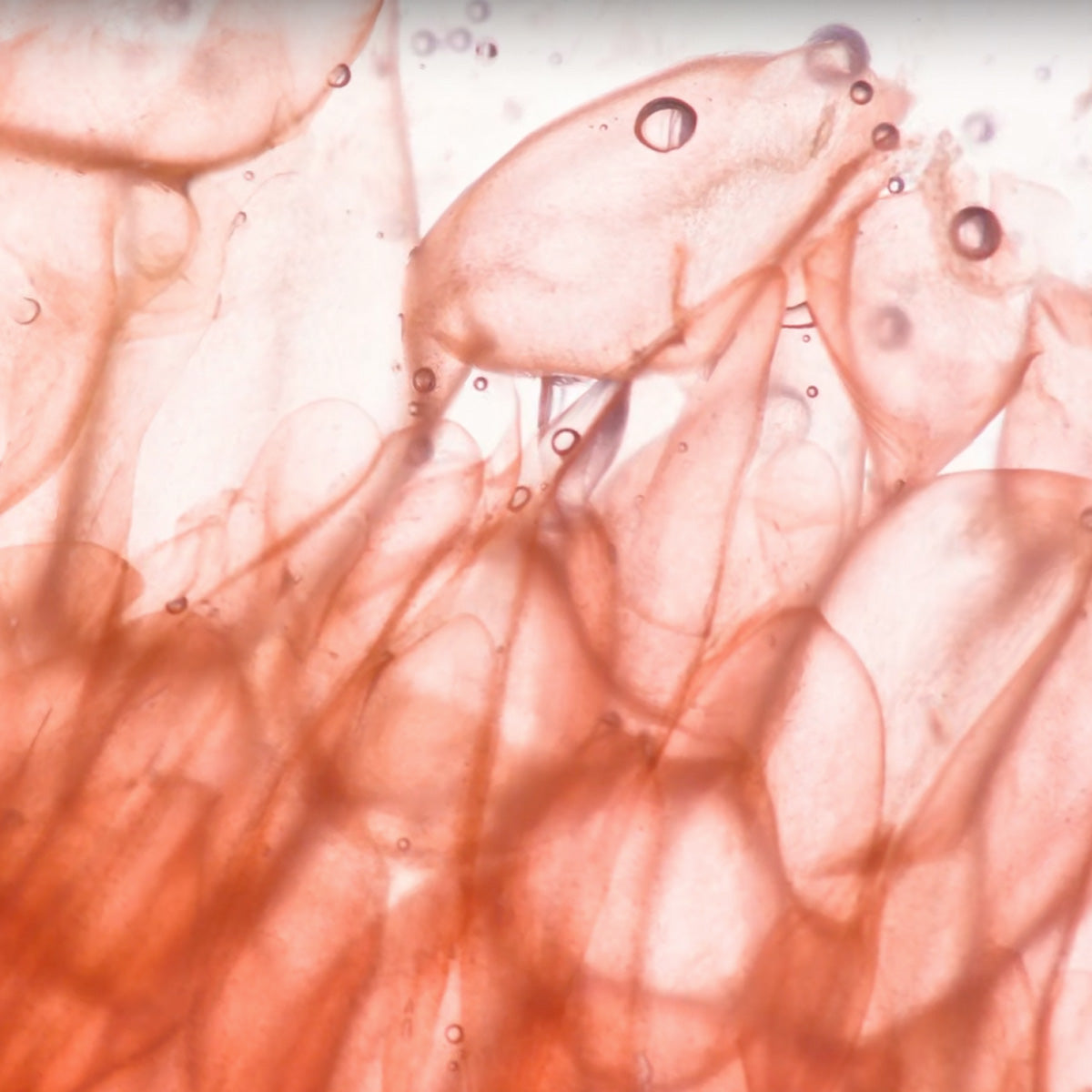
![Zinc Capsules [Zinc Bisglycinate]](http://cellavent.de/cdn/shop/files/CH_essentials-zink-kapseln-Produktbilder_2025.png?v=1760952204&width=104)
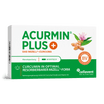
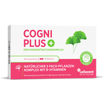
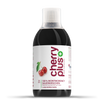

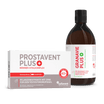
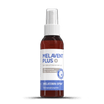
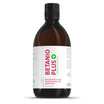
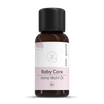


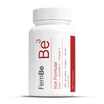



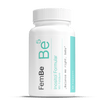
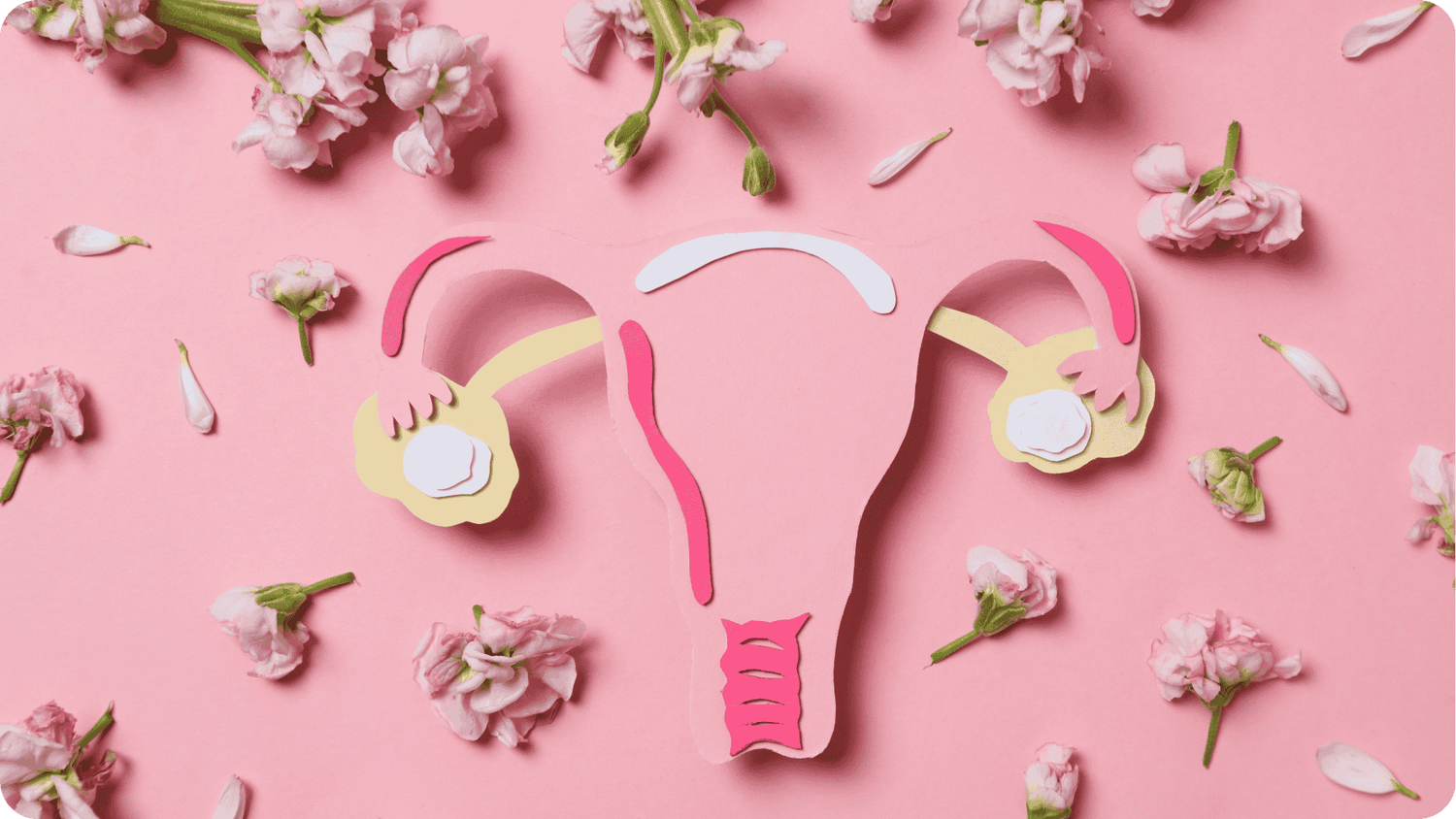
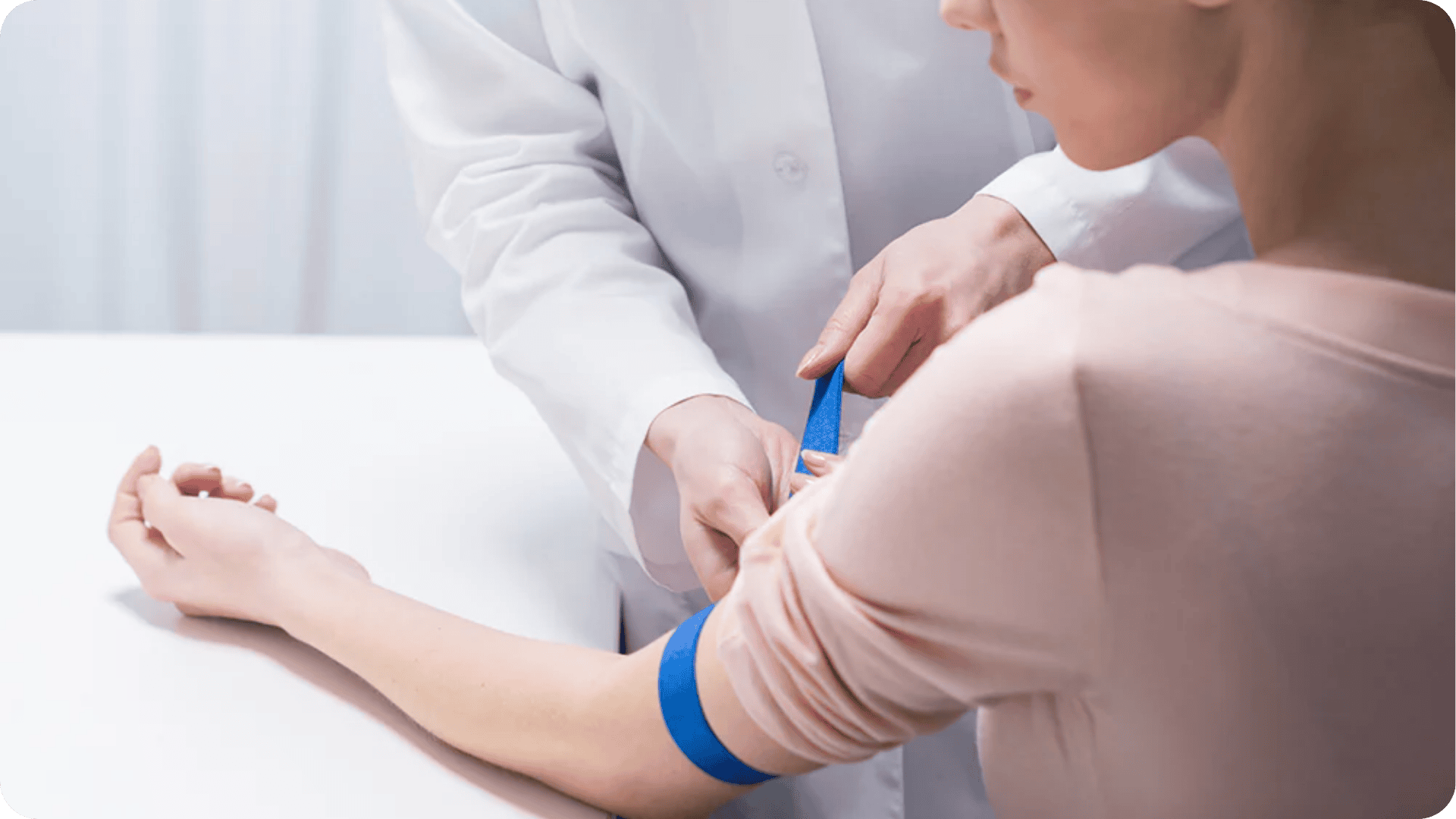
Leave a comment
This site is protected by hCaptcha and the hCaptcha Privacy Policy and Terms of Service apply.